Unfortunately you have NOT chosen a "normal" circuit.
The chosen circuit relates to a TDA2002 IC - datasheet here which has unusual connections.
With this IC Pin 2 is allowed to have "AC coupling" via a capacitor due to the IC being "unusually constructed" internally.
This is NOT the case for every amplifier IC or for standard opamps - the diagram you are using would not work wity standard opamps or many other amplifier ICs.
I suggest that you look at the TDA2040 circuit here which is very very similar BUT which connects the IC in a more standard manner.
TDA2040 datasheet here
The diagram below is taken from fig 13 of the datasheet.
This diagram, from the above page, operates in a standard manner and is a MUCH better example for your purposes.
DO NOT just copy the following. Use it as a starting point for understanding. Ask questions if you need to.
R2 & R3 set the DC level of the amplifier's pin 1 input at about half supply voltage.
R5 ensures that Vout properly tracks the pin 1 DC level.
R5 and R4 set the AC gain.
R6 C6 is a Zobel network - Google knows.
C3 blocks DC from the speaker.

______________________________________________
SIMPLE ALTERNATIVE:
OR the LM358 circuit from this SE EE question is very simple and may suit your need.
Note - this is a "preamplifier" in that it amplifies the microphone signal to a level suited to the main amplifier. It does however demonstrate the principles that you are required to explain, except for the power level.

